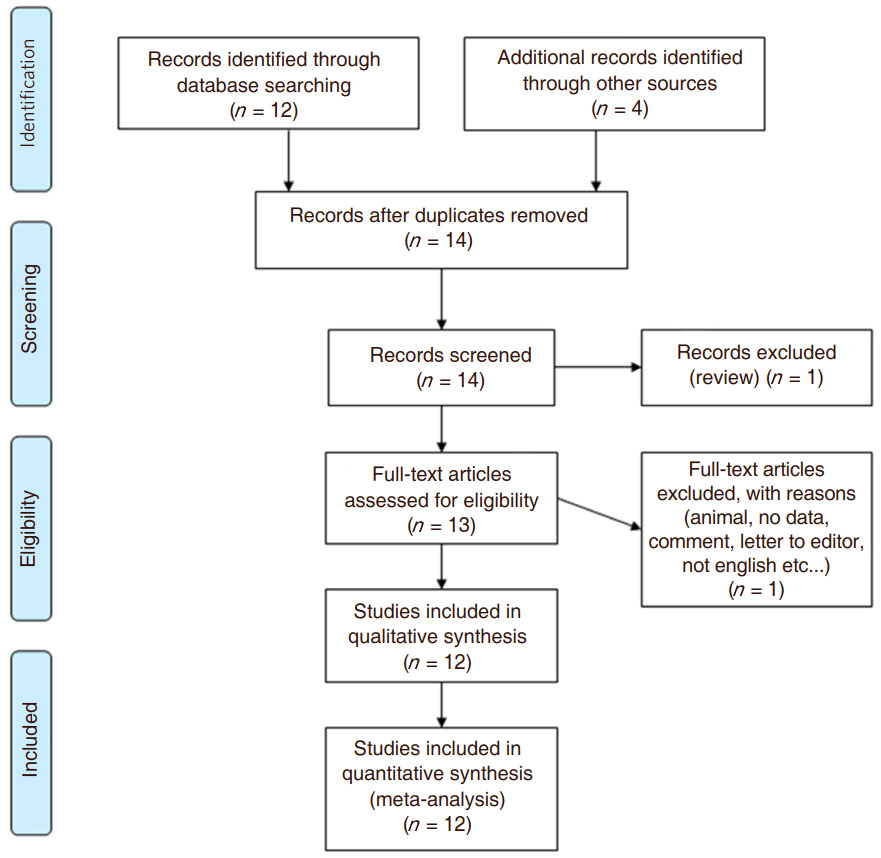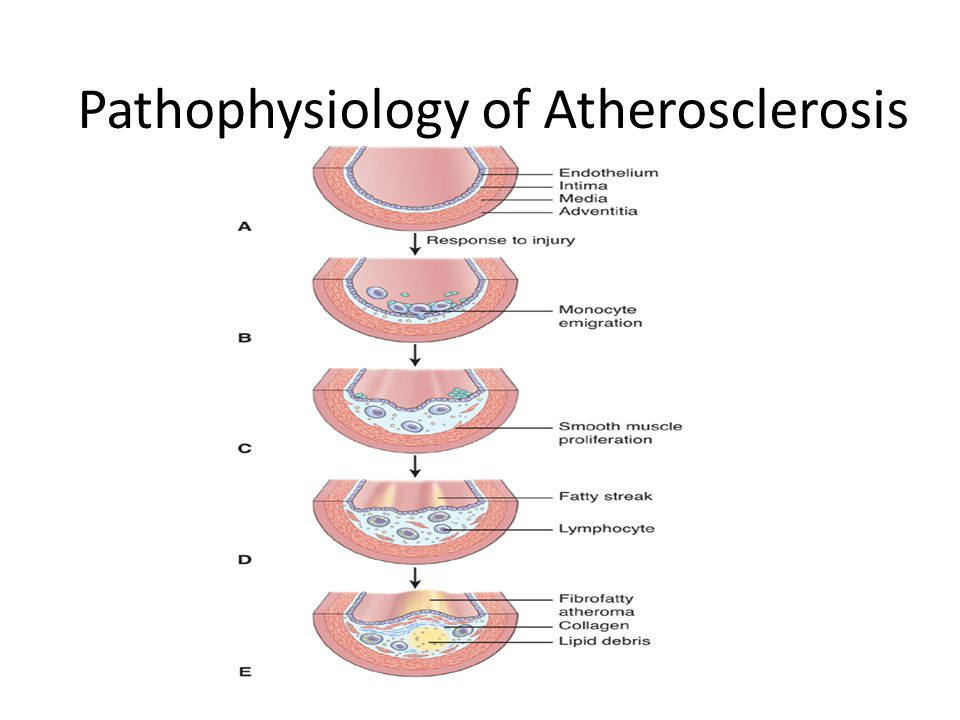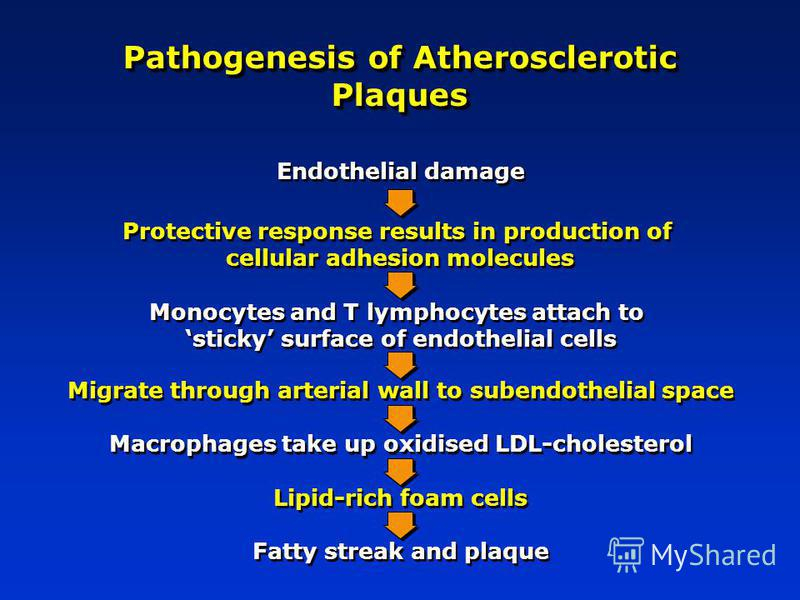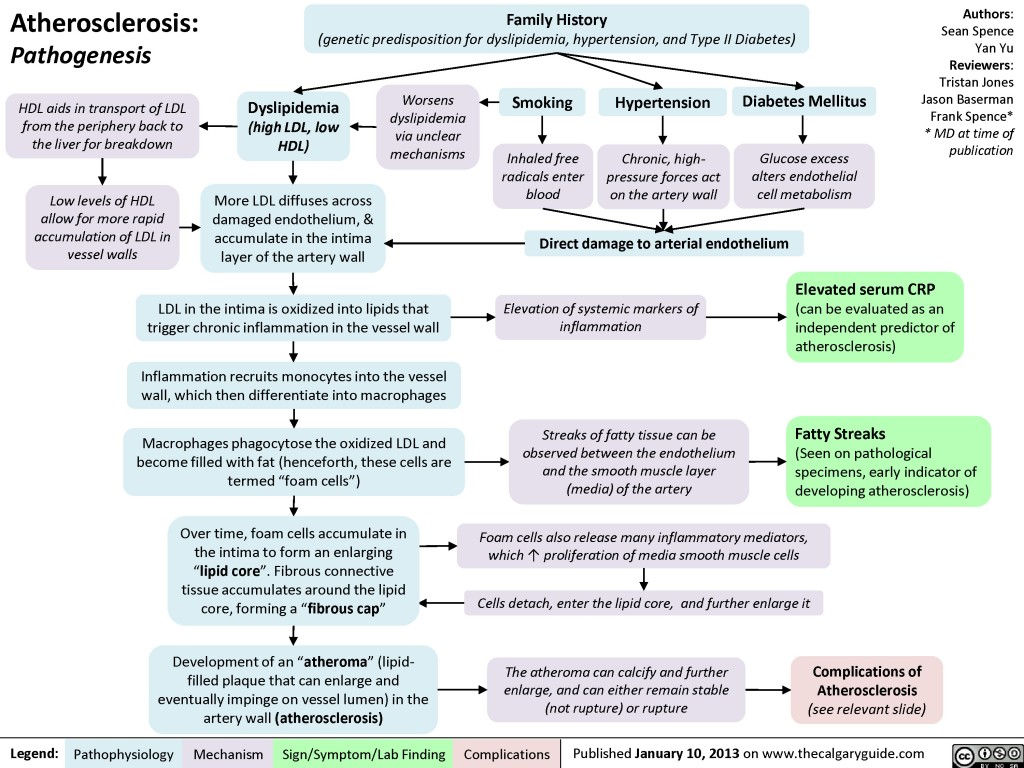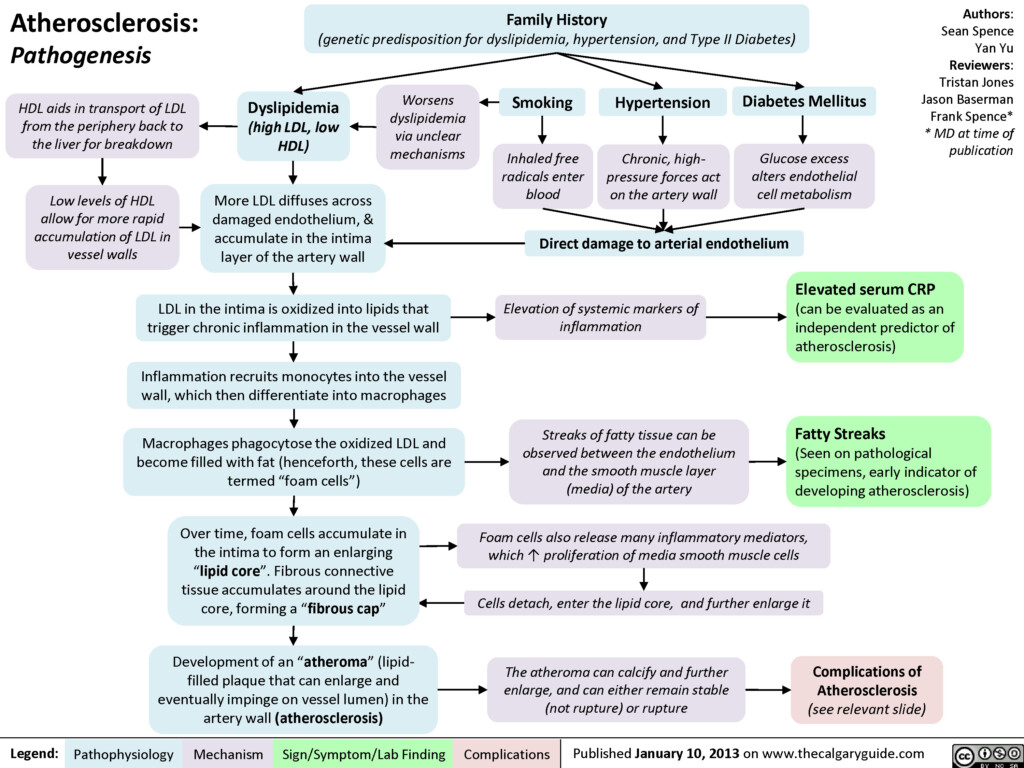Atherosclerosis is a complex disease characterized by the build-up of plaque in the arteries, leading to reduced blood flow and an increased risk of heart attack and stroke. Understanding the pathogenesis of atherosclerosis is crucial for developing effective treatment and prevention strategies. One useful tool in this process is the flow chart, which visually represents the key steps and mechanisms involved in the development of atherosclerosis.
By following a flow chart in the pathogenesis of atherosclerosis, researchers and healthcare professionals can gain a clearer understanding of the sequence of events that lead to plaque formation in the arteries. This visual representation helps to identify the various risk factors, such as high cholesterol, hypertension, smoking, and diabetes, that contribute to the development of atherosclerosis. It also highlights the role of inflammation, oxidative stress, and endothelial dysfunction in the initiation and progression of the disease.
Flow Chart In Pathogenesis Of Atherosclerosis
Key Steps in the Pathogenesis of Atherosclerosis
The flow chart in the pathogenesis of atherosclerosis typically starts with the damage to the endothelium, the inner lining of the arteries. This damage can be caused by various factors, such as high levels of LDL cholesterol, hypertension, and smoking. Once the endothelium is damaged, it becomes permeable to LDL cholesterol, which can then accumulate in the arterial wall.
As LDL cholesterol accumulates in the arterial wall, it undergoes oxidation, triggering an inflammatory response. This leads to the recruitment of immune cells, such as monocytes and macrophages, to the site of inflammation. These immune cells engulf the oxidized LDL cholesterol and form foam cells, which eventually develop into fatty streaks and then into atherosclerotic plaques.
Implications for Treatment and Prevention
By visualizing the key steps and mechanisms involved in the pathogenesis of atherosclerosis through a flow chart, researchers and healthcare professionals can better understand how to target these processes with therapeutic interventions. For example, targeting LDL cholesterol levels with statins, reducing inflammation with anti-inflammatory drugs, and promoting endothelial health with lifestyle modifications can all help to prevent and treat atherosclerosis.
Overall, the use of a flow chart in the pathogenesis of atherosclerosis provides a valuable tool for understanding the complex mechanisms underlying this disease and developing targeted interventions to improve patient outcomes.
Download Flow Chart In Pathogenesis Of Atherosclerosis
Pathogenesis Of Atherosclerosis Flow Chart Ponasa
Pathogenesis Of Atherosclerosis Flow Chart Ponasa
Atherosclerosis Pathogenesis Calgary Guide
Atherosclerosis Pathogenesis Calgary Guide
